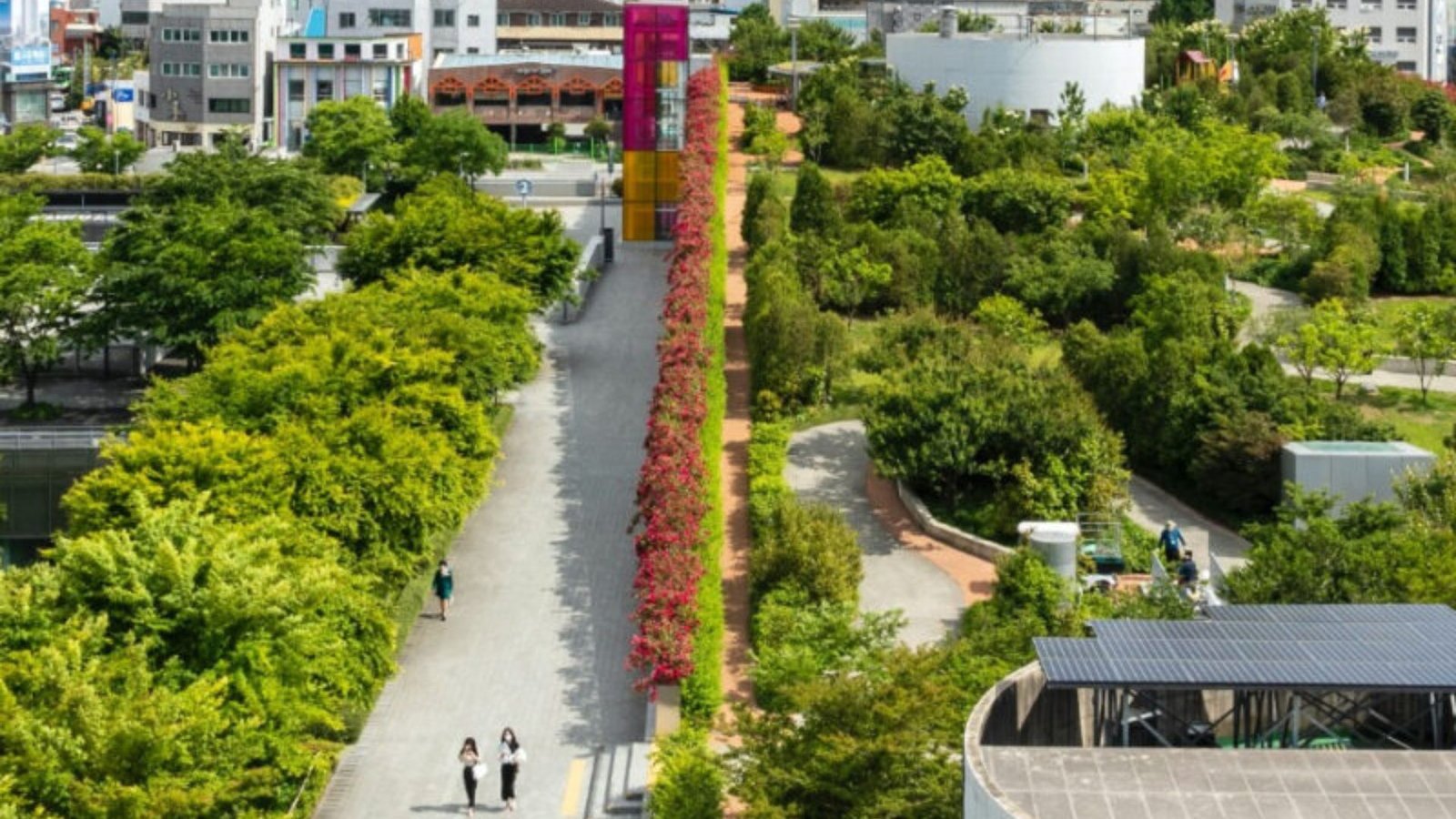Land planning is a critical factor in the development and sustainability of communities. It determines how land is utilized, ensuring that spaces are organized for different purposes such as residential, commercial, recreational, and industrial use. Effective land planning not only impacts the physical layout of a community but also influences social, economic, and environmental outcomes. Properly planned areas can foster stronger connections among residents, boost economic activity, and ensure long-term sustainability.
1. Creating a Framework for Development
Land planning provides a structured approach to development, guiding how areas are built and utilized. It involves zoning, which designates specific regions for residential, commercial, industrial, or recreational purposes. By defining the types of activities that can occur in each area, land planning helps avoid conflicts, such as placing noisy factories near quiet residential zones or recreational spaces. This framework ensures that communities develop in a balanced way, supporting both the needs of residents and businesses.
2. Fostering Sustainable Communities
Sustainability is one of the primary goals of land planning. By integrating green spaces, parks, and eco-friendly infrastructure, planners ensure that development does not come at the cost of the environment. Sustainable land planning addresses issues such as water management, waste disposal, and energy efficiency. Incorporating green building practices, renewable energy sources, and low-impact development techniques can help reduce a community’s carbon footprint. As populations grow and climate challenges increase, creating sustainable communities is essential for the health and well-being of future generations.
3. Enhancing Quality of Life
Well-planned communities improve residents’ quality of life by providing access to essential services and amenities. Through land planning, communities can have well-connected transportation systems, schools, hospitals, shopping centers, and recreational areas. Proper zoning also ensures that these services are easily accessible, reducing travel time and promoting a better work-life balance. Additionally, the incorporation of parks and green spaces allows for outdoor activities, improving mental health and fostering a sense of well-being among residents.
4. Promoting Economic Growth and Opportunities
Land planning is closely tied to economic development. By designating areas for commercial and industrial use, land planners create spaces where businesses can grow, leading to job creation and economic prosperity. Strategic planning also helps attract investment by ensuring that infrastructure, such as roads, utilities, and public transportation, is in place to support business operations. Moreover, planned development encourages local entrepreneurship by providing opportunities for small businesses to thrive in accessible, well-connected areas.
5. Supporting Social Equity and Accessibility
Effective land planning promotes social equity by ensuring that all members of the community have access to resources and services. Planners aim to prevent segregation by creating mixed-use neighborhoods that integrate different income levels and types of housing. They also design public spaces that are accessible to everyone, including those with disabilities. Socially inclusive planning ensures that essential services, such as healthcare, education, and transportation, are within reach for all residents, reducing disparities and fostering a more cohesive community.
6. Managing Urban Sprawl
Urban sprawl refers to the uncontrolled and often inefficient expansion of cities into surrounding rural areas. Without proper land planning, cities can spread too far, leading to congestion, environmental degradation, and inefficient resource use. Land planning helps manage this growth by promoting higher-density development in urban centers and limiting expansion into outlying areas. By focusing on smart growth, planners can create more compact, walkable cities that reduce dependence on cars, improve public transportation systems, and protect surrounding natural spaces.
7. Improving Infrastructure and Connectivity
Infrastructure is a key component of land planning. Efficient planning ensures that roads, public transport, water supply, sewage, and electrical systems are in place to support growth and keep the community running smoothly. Connectivity between different areas of a community is essential for mobility and accessibility. Well-planned transportation systems reduce traffic congestion, facilitate the movement of goods and people, and provide residents with multiple options for getting around.
8. Protecting Natural Resources
Land planning is not only about development but also about conservation. Planners must consider the natural environment and take steps to protect vital resources such as water, air, and soil quality. By designating certain areas as protected zones, planners help preserve wetlands, forests, and wildlife habitats, ensuring that ecosystems remain intact. Environmental considerations in land planning help mitigate the impacts of development, reduce pollution, and maintain biodiversity.

9. Enhancing Community Identity and Culture
Through land planning, communities can reflect their unique identity and culture. Planners often incorporate historical landmarks, cultural institutions, and architectural styles that showcase the community’s heritage. Public spaces, such as community centers, parks, and squares, can be designed to encourage social interaction, fostering a sense of belonging. Thoughtful planning of these spaces helps nurture a shared community spirit and pride, strengthening social ties and making the area more inviting to both residents and visitors.
10. Adapting to Future Needs
Land planning is an ongoing process that must adapt to changing needs over time. Population growth, technological advancements, and environmental concerns all impact how land is used. Flexible land-use policies allow communities to respond to shifts in demand, such as the need for more housing or the introduction of new industries. By planning for future growth and considering long-term trends, communities can ensure that they remain resilient and adaptable, ready to thrive in a constantly changing world.
Conclusion
Land planning is essential to shaping thriving, sustainable communities. It provides a roadmap for the growth and development of urban and rural areas, ensuring that land is used efficiently and in ways that enhance the quality of life for residents. By promoting sustainability, economic growth, and social equity, land planning creates environments where people can live, work, and thrive. Well-executed land planning not only addresses the needs of the present but also anticipates the challenges of the future, ensuring that communities remain adaptable and resilient for generations to come.




